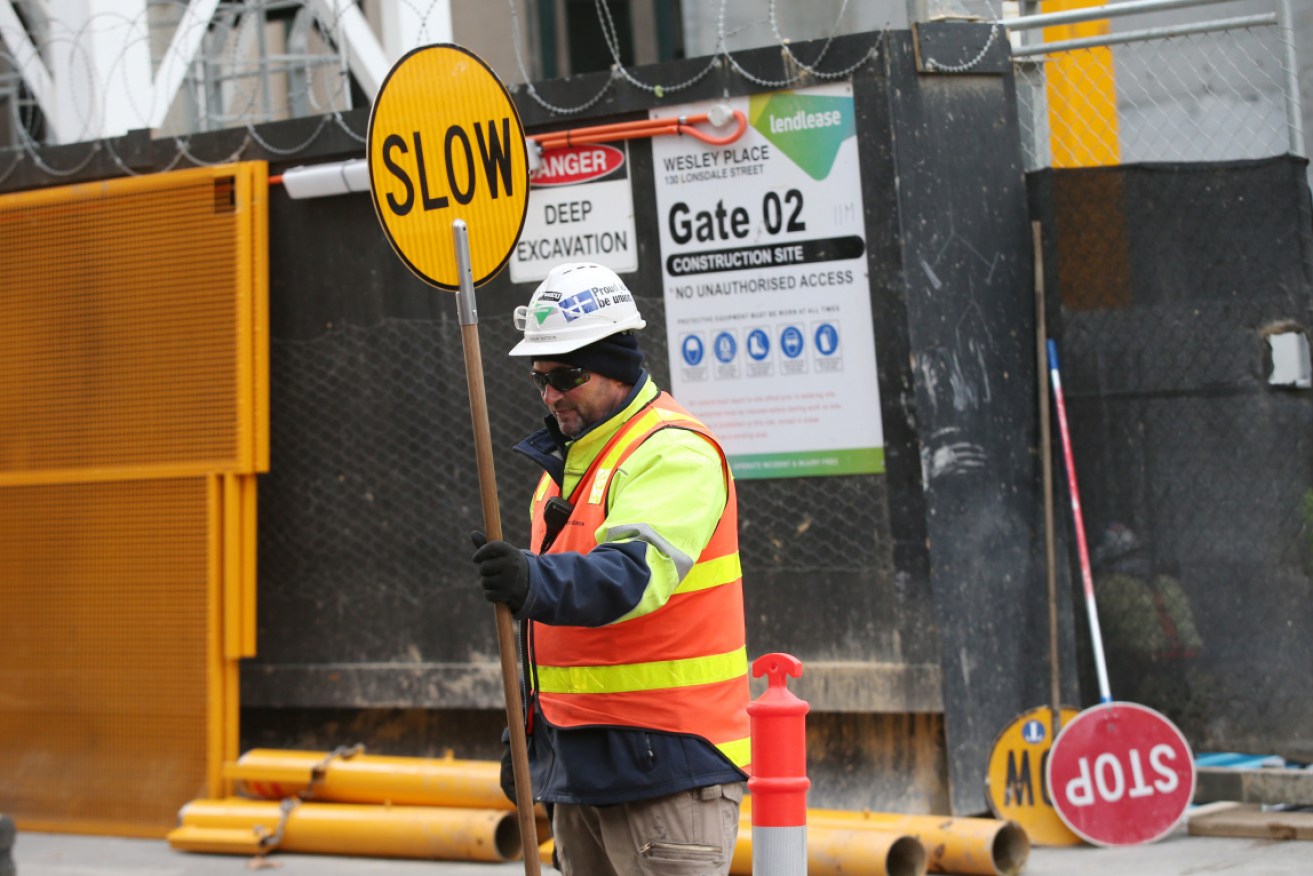‘Glacial’ wages growth shows few signs of relenting


ABS figures show Australia's wage-earners are still seeing little growth in their weekly pay packets. Photo: AAP
Analysts say it could be a while before the “glacial pace” of Australia’s income growth offsets the property market slump in any meaningful way, with latest wage data further testing the Reserve Bank’s narrative on the health of the economy.
Wages inched up by a seasonally adjusted 0.5 per cent in the three months to December, according to Australian Bureau of Statistics figures released on Wednesday.
That was down marginally on the 0.6 per cent growth predicted.
A silver lining came in the private sector’s salary gains during 2018. At 2.3 per cent, it is the highest annual rate in four years.
Public sector wages grew by 2.5 per cent for the 12 month period.
Eyes will now turn to Thursday’s unemployment data, with JP Morgan analyst Tom Kennedy nominating jobs growth as a key to boosting employee compensation and in turn, spending.
“With the peak in GDP (gross domestic product) growth behind us, and some leading indicators of the labour market already slowing, this seems like a big ask,” he said.
The RBA has kept rates at a record low 1.5 per cent since August 2016.
Last week, it shifted from a bias toward rate hikes to a more neutral stance as Australia’s property market slows and business conditions, building approvals and retail sales cast a shadow over the domestic outlook.
On Tuesday, figures from the Foreign Investment Review Board put further pressure on the real estate slump. They showed overseas investment in Australian property plunged by 58 per cent year-on-year from $30 billion to $13 billion in the 2017-18 fiscal year – to their lowest level in nearly a decade.
[REPORT] Best wages growth including bonuses in 4 years; Skilled job vacancies hit 6½ year high https://t.co/ZfL3O3Rk6i #ausbiz #ausecon pic.twitter.com/XMAZqylKI6
— CommSec (@CommSec) February 20, 2019
CommSec senior economist Ryan Felsman said Australian pay packets were increasing at a glacial pace. However, skilled internet job vacancies were at near seven-year highs, signalling further job gains and competition for some workers.
“Jobs growth was strong last year and it is clear that Aussie businesses have become more focused on holding onto their most productive staff,” he said.
“Economists have been left scratching their heads as to why solid jobs growth isn’t translating into stronger wages growth for employees. Nobody seems to know why.”
Nonetheless, CommSec expected no change in official interest rates in the foreseeable future.
BIS Oxford Economics Chief Australia Economist Sarah Hunter said Wednesday’s wage data was particularly disappointing for the largest sectors of employment: construction, retail, and wholesale trade.
“With these sectors already struggling against headwinds from consumer spending [in the case of retail and wholesale] and the downturn in residential construction [in the case of construction], it will be some time yet before we see a significant acceleration in the pace of growth,” she said.
Australia’s unemployment rate hit a seven-year low of 5.0 per cent in December, but underemployment levels have left plenty of spare capacity to absorb.
The Aussie dollar dropped to 71.52 US cents in the five minutes after the wage data release on Wednesday but climbed back to 71.71 US cents by 13.15 AEDT.
-with AAP








